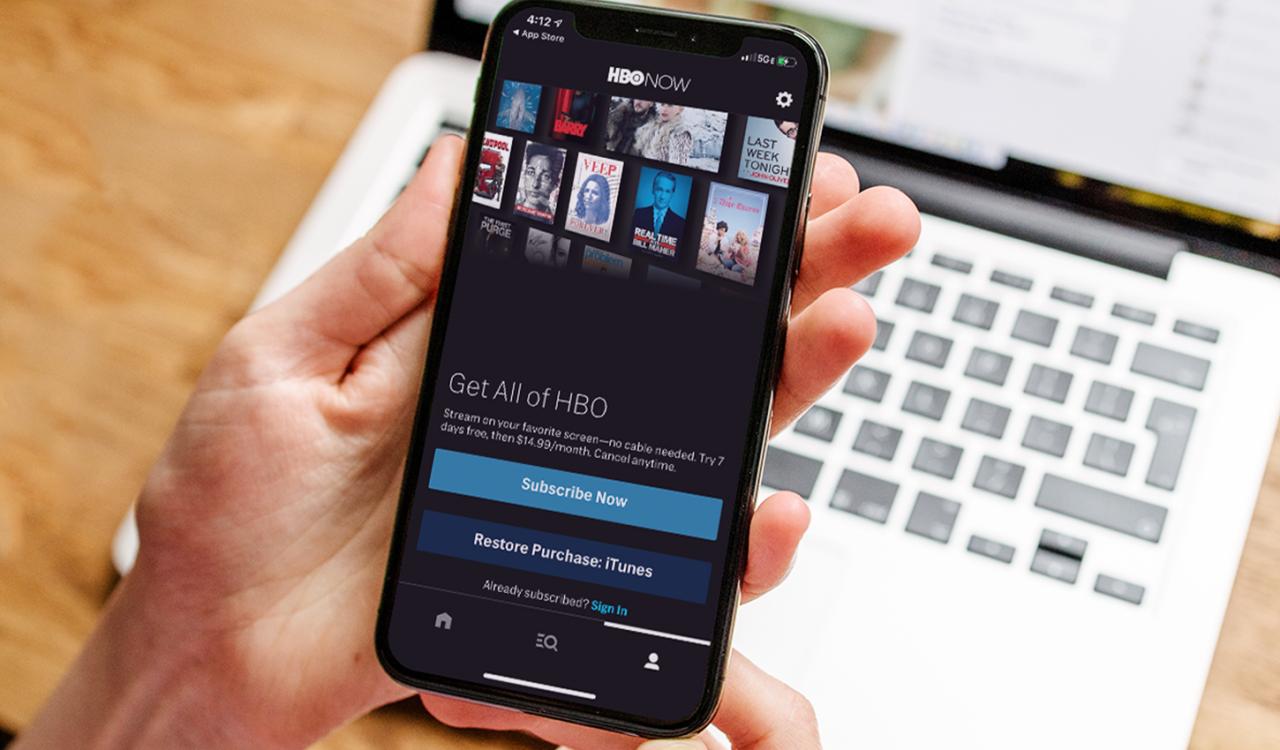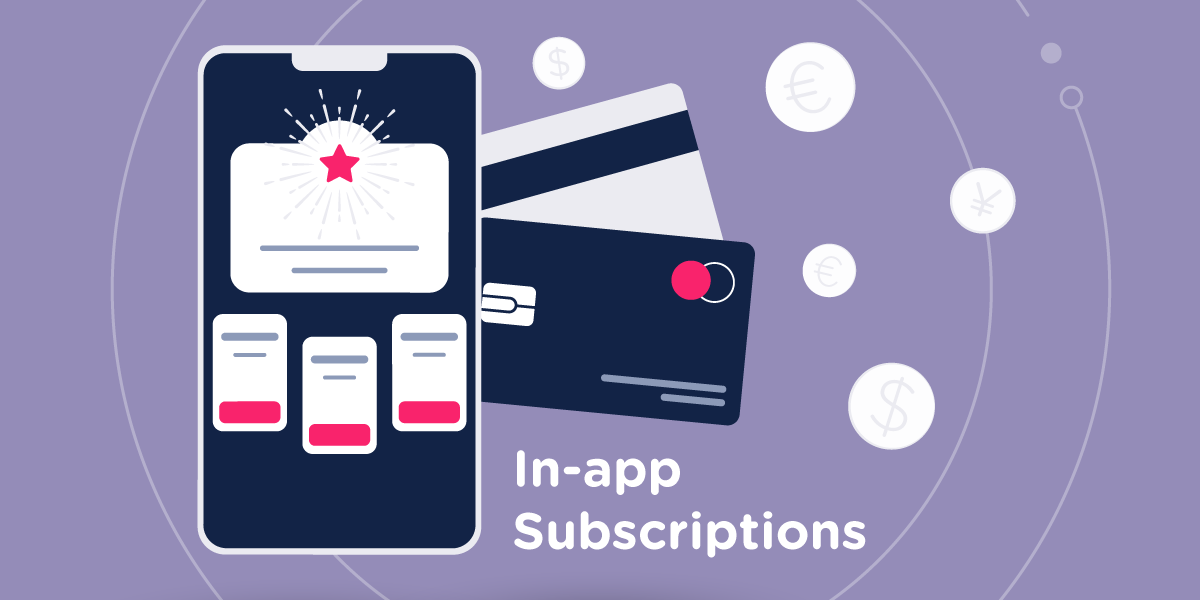The Hidden Tax of the Digital Age
The modern digital consumer has quietly transitioned from an era of ownership to an age of perpetual access, willingly trading a large upfront cost for the convenience of low, recurring monthly fees across a dizzying array of services.
This fundamental shift toward the subscription model promised freedom and flexibility, offering everything from streaming entertainment and productivity software to bespoke fitness programs and curated news content, all just a click away.
However, the cumulative weight of these individually small, recurring payments has reached a critical tipping point, leading to a pervasive cultural anxiety now widely known as Subscription Fatigue. This fatigue isn’t merely about the financial strain; it’s a cognitive burden that results from constantly having to track, review, and manage dozens of separate digital commitments, often forgetting half of them and unknowingly paying for services that haven’t been touched in months.
The convenience once celebrated has morphed into a silent, hidden tax on our bank accounts and our mental bandwidth, creating a chaotic and inefficient Digital Lifestyle that actively undermines financial well-being and peace of mind. To truly thrive in 2025, individuals must move beyond simply enduring this overload and adopt strategic, technology-driven solutions for Subscription Fatigue Management, restoring control over their finances and their digital lives.
The Anatomy of Subscription Overload
Understanding why we become fatigued is the first step toward effective management, tracing the issue back to psychological and marketplace factors.
A. The Psychological Trap of Low Entry Cost
A. Subscriptions are designed to exploit the human tendency to focus on the low monthly payment rather than the substantial cumulative annual cost.
B. The initial free trial or low introductory rate easily persuades consumers to commit, minimizing the perceived hurdle of the sign-up process.
C. Once a credit card is stored, the psychological friction of canceling a service dramatically increases, leading to inertia even for unused products.
D. This deliberate design creates a mental hurdle, keeping customers enrolled long after the service has lost its actual value to them.
B. Service Fragmentation and the Need to “Stack”
A. No single provider can offer every piece of content or utility a modern person needs, forcing users to “stack” multiple services to satisfy their demands.
B. For entertainment, a user might require three different streaming services just to access their favorite niche shows and movies.
C. For productivity, a professional often needs separate subscriptions for cloud storage, project management, and specialized design software.
D. This necessity of accumulating various small services creates the massive volume that directly leads to cognitive overload and financial drain.
C. The “Ghost” Subscription Phenomenon
A. Many users are unknowingly paying for “ghost” subscriptions—services that were signed up for on a free trial, forgotten, and silently renewed months ago.
B. These forgotten payments often go unnoticed because they are small, automated charges buried deep within complex bank statements.
C. The discovery of these forgotten fees is a primary driver of the stress and frustration associated with Subscription Fatigue Management.
Strategic Financial and Digital Auditing
Effective management begins with disciplined, frequent auditing of all digital financial commitments and usage patterns.
A. Comprehensive Financial Tracking Tools
A. Specialized financial management software and apps are now essential, designed specifically to flag and track all recurring subscription payments automatically.
B. These platforms categorize payments, aggregate the total monthly expenditure, and highlight sudden price increases or changes in billing dates.
C. By making the total cumulative cost highly visible, these tools force a confrontation with the true financial impact of the digital lifestyle.
B. The Quarterly Value-Check Discipline
A. Individuals should schedule a mandatory, quarterly value-check audit of every subscription they hold, questioning its necessity.
B. The key question is not “Can I afford this?” but “Am I receiving a value from this service that exceeds its cost and the cognitive effort of managing it?”
C. This process should involve checking login history to confirm recent usage, identifying services that have become functionally obsolete.
C. Utilizing Virtual Credit Cards for Control
A. A powerful financial hack involves using virtual, single-service credit card numbers generated by banking applications for each subscription.
B. If a user wishes to cancel, they can simply revoke or set an expiration date on that specific virtual card number without affecting their main accounts.
C. This mechanism prevents the dreaded “silent renewal” and gives the user absolute control over the flow of recurring payments.
AI and Automation: The Future of Management

The next phase of combating fatigue relies heavily on Artificial Intelligence (AI) to automate the monitoring and negotiation processes.
A. AI-Driven Cancellation and Negotiation Agents
A. Sophisticated AI tools can analyze a user’s usage data and automatically identify subscriptions that are underutilized, flagging them for cancellation.
B. More advanced agents can even negotiate price reductions on behalf of the user, engaging with the provider’s customer service via chat or email.
C. The AI uses behavioral and market data to argue for lower rates, saving the user money without the emotional discomfort of a personal negotiation.
B. Smart Bundling and Rotation Strategies
A. AI can analyze a user’s content consumption patterns and suggest optimal subscription rotation strategies to manage service fragmentation.
B. For instance, the AI might recommend subscribing to a niche streaming service for two months to binge-watch a series, then automatically canceling it and rotating to another platform.
C. Some services are beginning to offer AI-managed smart bundling, combining disparate services into a single, predictable monthly fee based on anticipated needs.
C. Integration with Personal Finance and Budgeting
A. Effective Subscription Fatigue Management becomes a seamless part of broader Automated Investing Personal Finance strategies.
B. The subscription manager feeds data directly into the user’s overall budget and investment goals, showing how much money is available for long-term saving versus monthly access fees.
C. This integrated view ensures that subscription spending is a conscious part of a disciplined financial plan, not a series of haphazard charges.
The Psychological and Lifestyle Benefits
Conquering digital overload has profound positive impacts that extend far beyond the balance sheet and into the realm of mental health.
A. Reducing Decision Fatigue and Cognitive Load
A. The constant barrage of choices—”What should I watch?” “Which app should I use?”—contributes significantly to overall decision fatigue.
B. By aggressively pruning their list of available services, users simplify their digital environment, freeing up valuable cognitive energy for critical life choices and deep work.
C. This reduction in unnecessary cognitive load is essential for achieving a balanced AI Life Balance Revolution.
B. Encouraging Intentional Digital Engagement
A. With fewer services, the user is forced to be more intentional about how they spend their digital time, prioritizing quality over quantity.
B. This focus aligns with the broader cultural shift toward Digital Detox New Norm and valuing Screen Time Better Quality.
C. When a user pays for a premium service, they are more likely to utilize it fully and mindfully, maximizing the value received.
C. Improved Financial Transparency and Control
A. Achieving mastery over subscriptions provides a significant psychological benefit: the feeling of financial transparency and control.
B. Knowing exactly where every dollar is going reduces ambient financial anxiety and boosts confidence in overall personal finance management.
C. This clarity empowers the individual to allocate capital to more meaningful endeavors, such as investment or savings goals.
Wider Implications for the Digital Marketplace
The consumer pushback against fatigue is forcing platform providers to innovate and reform their business models.
A. Platform Interoperability and Content Sharing
A. Consumers are demanding greater interoperability and flexibility from platforms, pushing back against walled-garden ecosystems.
B. They want the ability to pause, transfer, or share their access more easily, pressuring companies to offer more user-friendly cancellation policies.
C. The desire for frictionless usage and exit is becoming a major competitive differentiator in the digital marketplace.
B. The Shift to Usage-Based Pricing
A. A future trend is the move toward usage-based or tiered pricing that better reflects the actual consumption of the user, moving away from flat monthly fees.
B. If a user only watches two movies a month, they should pay a lower rate than a user who watches fifty, creating a fairer, more transparent system.
C. This alignment of cost and value will be the most sustainable long-term solution to mitigating Subscription Fatigue.
C. Ethical Billing and Transparency
A. The market is increasingly rewarding companies that employ ethical billing practices—such as sending multiple renewal reminders before charging or making the cancellation process as easy as the sign-up process.
B. Poor customer service and intentionally convoluted cancellation processes are becoming major deterrents, damaging brand loyalty and driving customers to competitors.
C. Transparency is the key to winning the trust of the weary, subscription-fatigued consumer.
Conclusion
Subscription Fatigue Management is essential for a healthy and solvent digital lifestyle in 2025. This necessary process is less about austerity and more about applying intelligent discipline to digital consumption. By leveraging automated financial tools and embracing the principle of digital minimalism, users can transform their chaotic collection of charges into a streamlined set of high-value services.
The goal is to ensure that every recurring expense is an intentional, justifiable investment in one’s personal and professional growth. Mastery over these small payments restores massive control over overall financial destiny and cognitive capacity. Consumers are finally prioritizing peace of mind and clarity over relentless, thoughtless consumption. The revolution lies in consciously choosing what earns a permanent place in our budget and attention.












